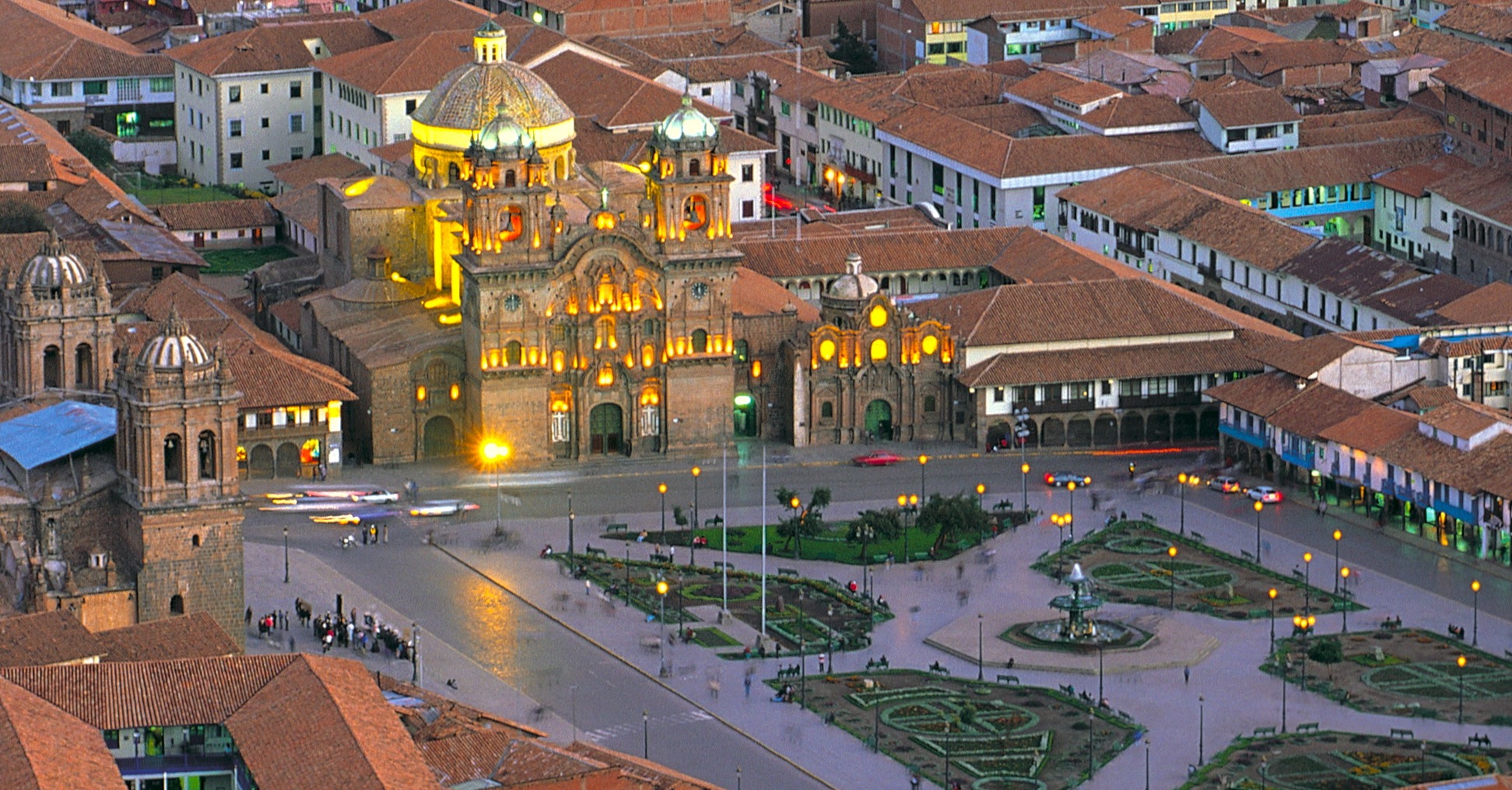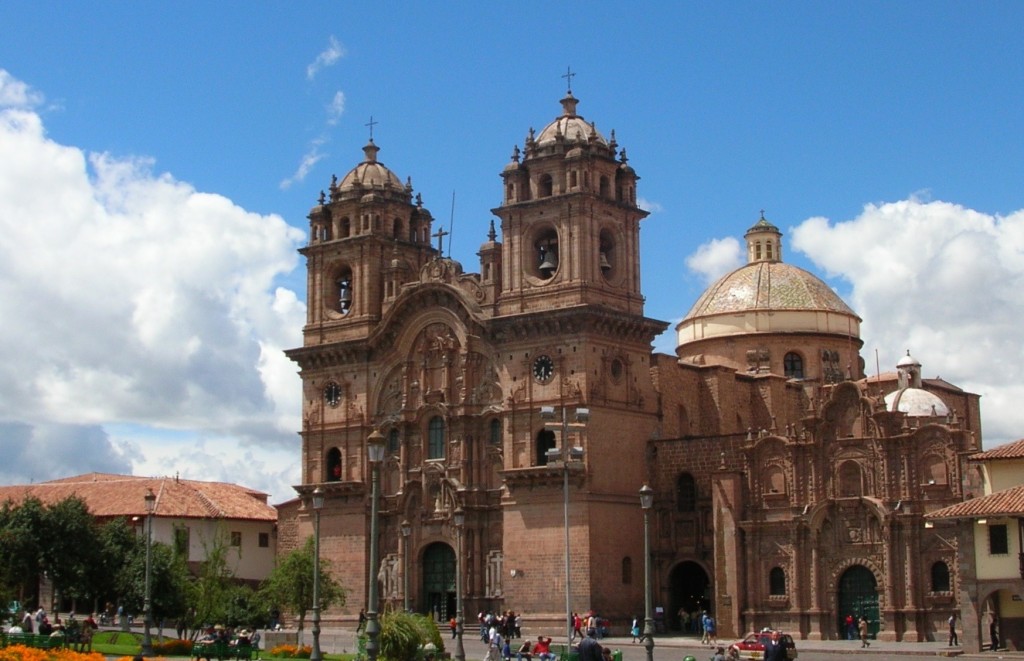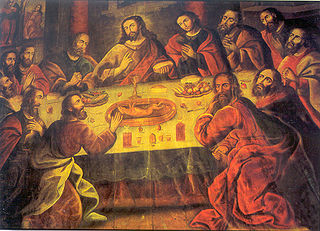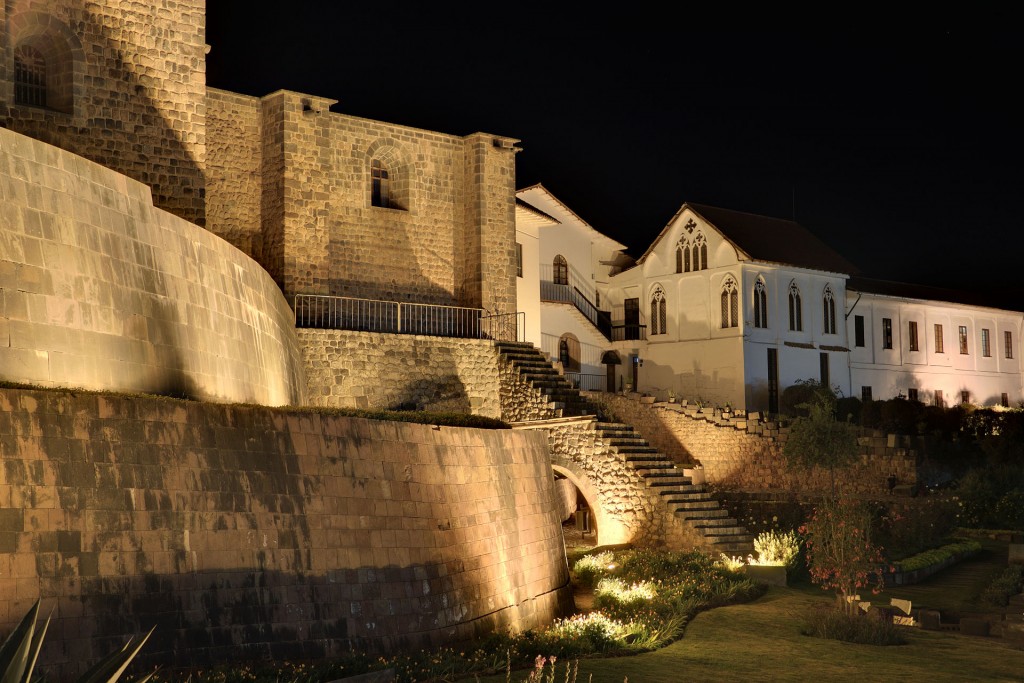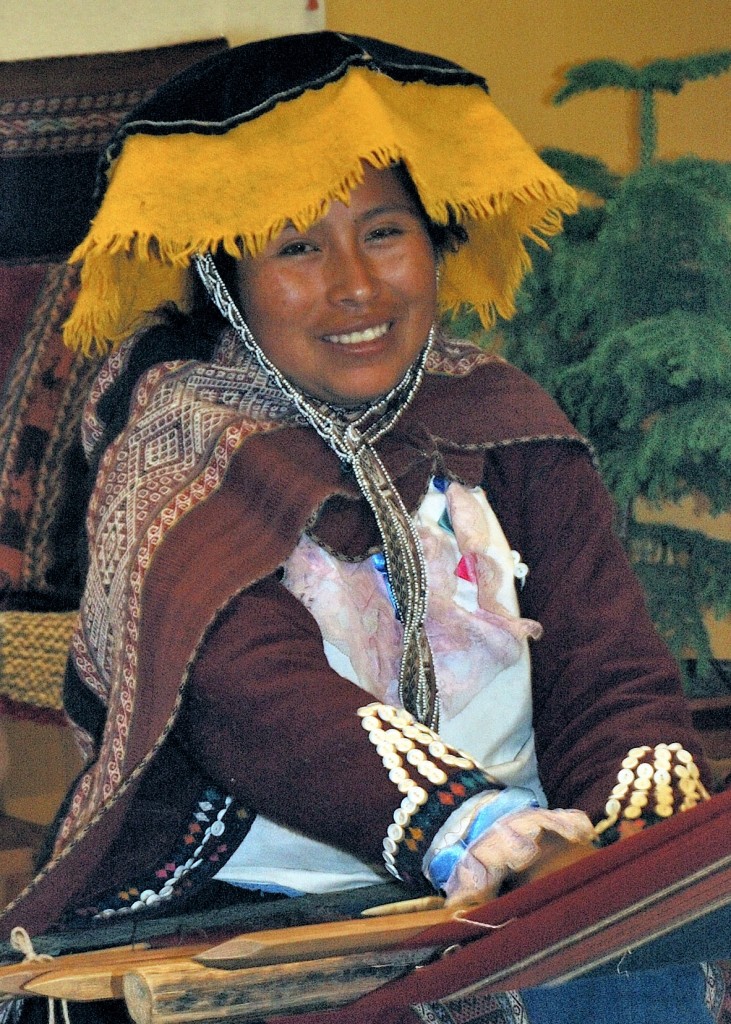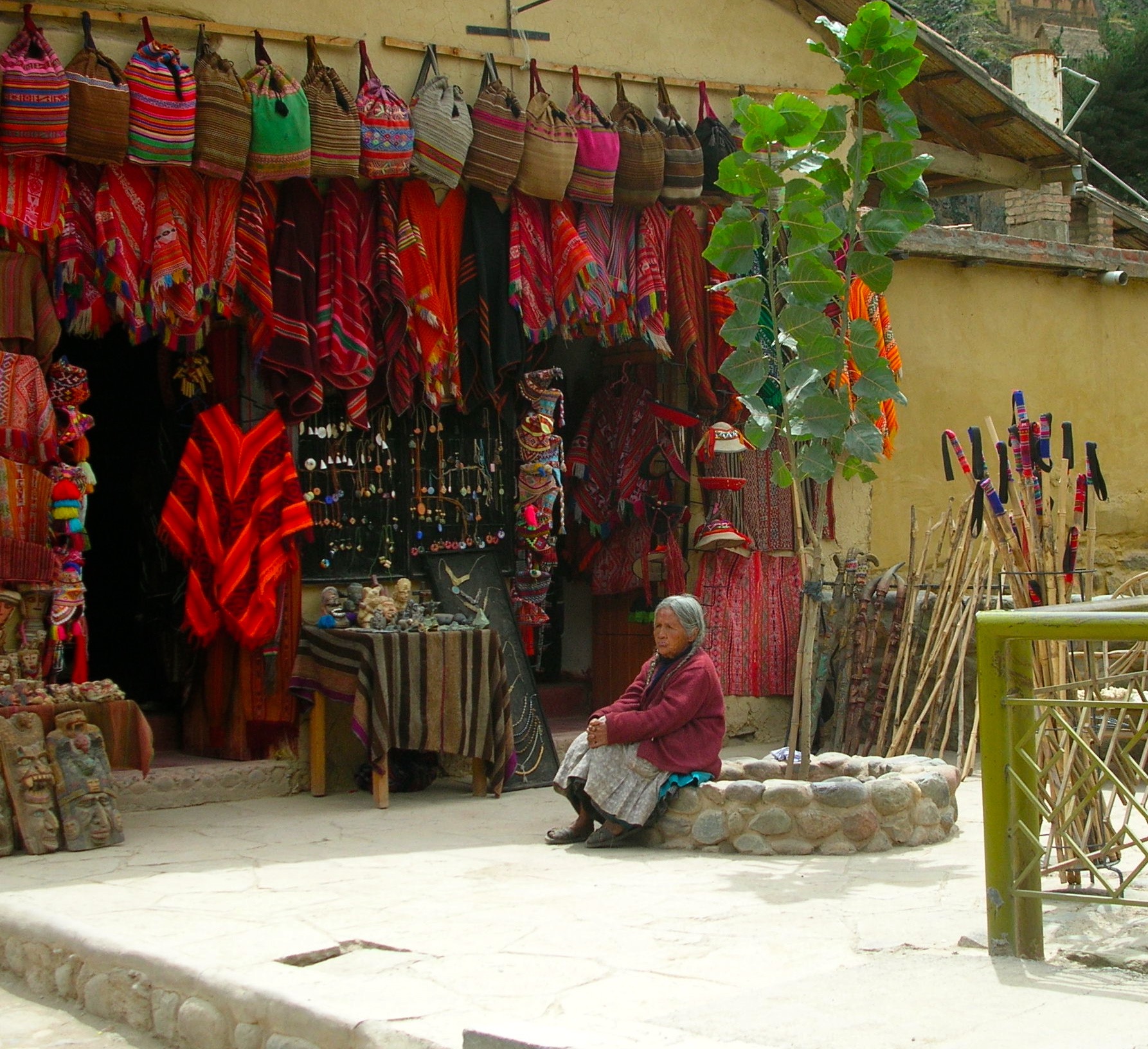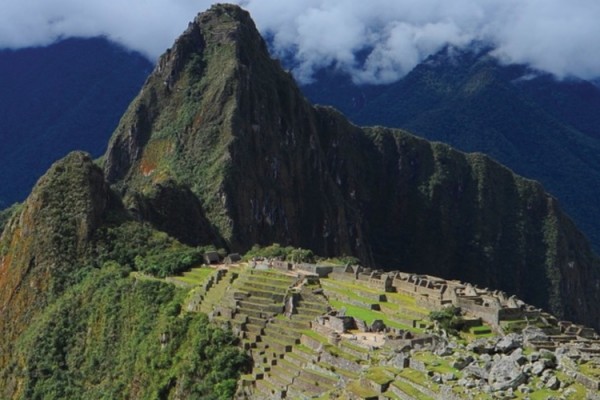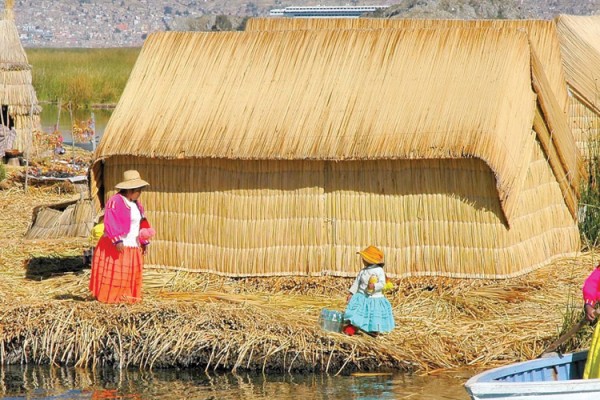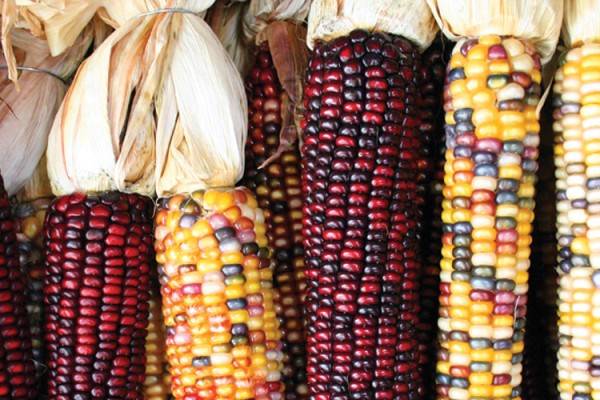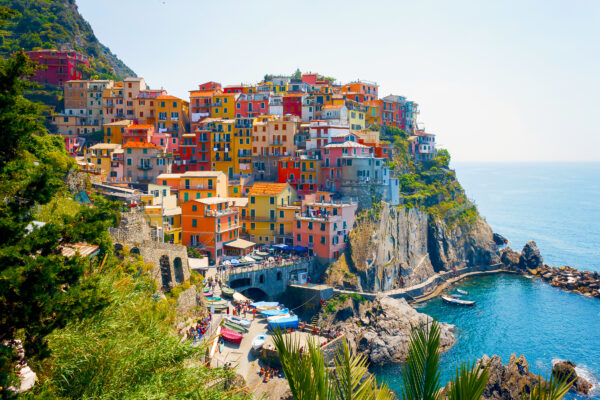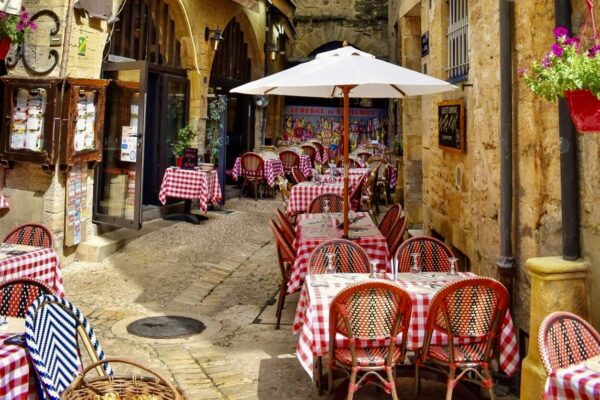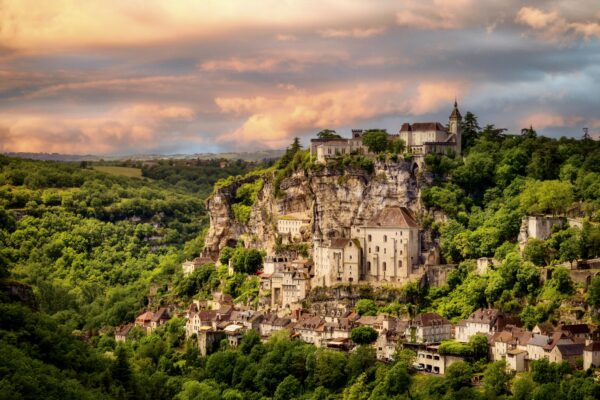Cusco: Center of the Universe
by Mary Ann Bradley
At one time, Cusco was the center of the Incan empire, an area which stretched from northern Ecuador to central Brazil. According to our guide, it was called the “Navel of the Universe.” It is a navel worth contemplating, as it presents a perfect history of the Incan experience. The plaza, Huakaypata, is the middle of the center — of the navel that is. Here the Inca held their ceremonies and built their palaces. Today, the once grand area is called the Plaza de Armas. Many areas within the plaza are still quite beautiful. Other sections suffer from garish markets and slow-synapsed credit card machines.
Dominating the Plaza de Armas is the great Cathedral of Santo Domingo, built in 1550, on the site of one of the Inca palaces. When the Spanish conquered, they destroyed the Incan buildings and constructed the huge cathedral, using bricks from the demolished sites. Massive paintings, baroque carvings, vaulted ceilings, gold and silver inlays decorate the interiors.
Using the conquered Inca as slave labor, the Spaniards rebuilt Cusco, obliterating much of the native lifestyle and customs. Within the cathedral, however, there are a few concessions to the original culture. Figures of Pumas, the Inca representation of the earth, are carved on the gigantic main doors.
One of the cathedral’s most astonishing paintings is an interpretation of Da Vinci’s Last Supper by Marcos Zapata. On the table in front of Jesus and his disciples are the usual goblets of wine and baskets of bread. But the platter of meat is a traditional Peruvian dish, guinea pig or cuy, with four little legs sticking up. And, upon closer inspection, it’s clear that the goblets are filled with the native chicha or corn alcohol.
ARCHITECTURAL METAPHORS
In Cusco, as is the case with much of the world, architecture is the teacher. Standing on a cobbled street, we examine the walls. At the base are Incan stones. Smooth, gigantic — fitted perfectly — no grout necessary. Stacked above them, like rotten teeth, are the colonial walls, rocks stuck together with cement. And above these, a modern wall of cinderblock. An architectural metaphor.
South of the Plaza de Armas is Qurikancha, a temple said to have housed over 4,000 priests and servants. During the Summer Solstice, sunlight reflected into a carved area of a gold covered wall. Other parts of the temple were decorated with heavy gold ornamentation. Tragically, much of the gold decoration was removed to pay ransom for the Inca ruler, Atahualpa, who had been captured by the Spanish, and was later murdered despite the ransom of rooms filled with gold.
SAN BLAS ARTISANS
North of the Plaza de Armas is the neighborhood of San Blas. Since the time of the Inca, the area has been known for its artists and craftsmen. These days it’s filled with galleries. And the stone streets and stairways have picturesque carvings. One of the best known 20th Century artists to have lived in San Blas was Hilario Mendívil, who created all of his religious figures with elongated necks, said to have been inspired by llamas. A museum has been erected in his honor and makes for an interesting stop.
Weaving shops present some of the most ornate and typical of the Peruvian arts. Cusco is a Mecca for travelers who are interested in weaving, and there are numerous small shops and fascinating side streets with examples of beautiful textiles.
Cusco is not a side trip. It is necessary for those arriving by plane to land in Cusco before traveling to Machu Picchu. But it’s also worth taking a day to visit the city before launching out into the Peruvian countryside. Cusco tells the full story of the Inca from beginning to end. Macchu Picchu tells us of the glory days. After spending time wandering the city, we realize that in spite of the many historical and modern changes Cusco is still a very Incan city. And, who knows, maybe still the “Navel of the Universe.”
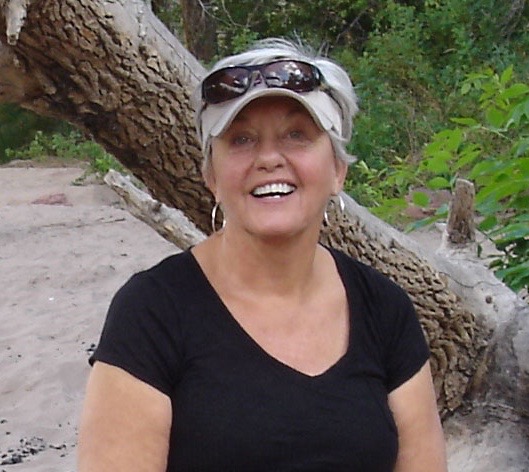 Mary Ann Bradley is a retired school counselor and devoted yoga practitioner from Colorado. She has traveled well and often, but especially loves to go to Mexico when Colorado becomes frigid and icy. She enjoys new languages, dodgy plumbing, high adventure, and tropical temperatures. Plane travel, however, still gives her pause. She says: “It’s not the flying. It’s the airports. Customs, layovers, quick gate changes, baggage hassles and ghastly food in today’s airports make me think it’s not the journey I love, but the destination. ”
Mary Ann Bradley is a retired school counselor and devoted yoga practitioner from Colorado. She has traveled well and often, but especially loves to go to Mexico when Colorado becomes frigid and icy. She enjoys new languages, dodgy plumbing, high adventure, and tropical temperatures. Plane travel, however, still gives her pause. She says: “It’s not the flying. It’s the airports. Customs, layovers, quick gate changes, baggage hassles and ghastly food in today’s airports make me think it’s not the journey I love, but the destination. ”


